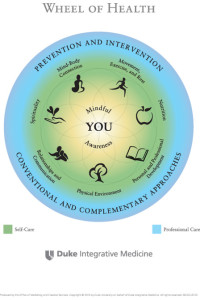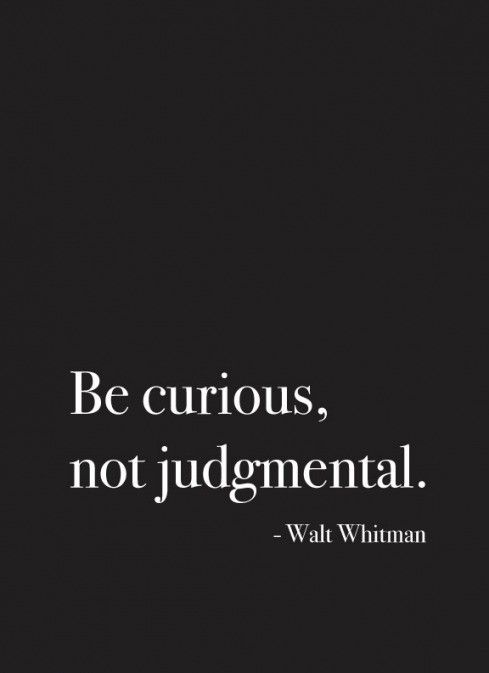What To Expect When Mindfulness Practice Begins

First of all I probably shouldn’t be writing about expectations when it comes to mindfulness. It’s not a goal driven practice so to harbor any expectations would run contrary to the spirit of mindfulness. That being said, I’m going to let myself off the hook by saying we can expect anything when we begin to practice mindfulness. Since expecting anything is the flip side of expecting nothing it puts me perfectly in line with the spirit of the practice.
Although expecting nothing is the “skillful” way to approach mindfulness, the reality of what happens is far from nothing. First of all, although the concept of mindfulness is easy enough to understand, putting it into practice is not necessarily easy. On the other hand, I have taught people who eased into the practice quite naturally and found a relatively smooth path in front of them. I must say that this is the exception rather than the rule but nonetheless prevents us from overgeneralizing.
Mindfulness is revolutionary in that it runs against the status quo and the cultural norms that we are used to. It’s a way of being and doing that puts us swimming against the current. There is no way to predict how soon the tide will turn so that we may swim with the current. Like anything new that we embark upon there is a certain degree of resistance to change that comes naturally to us and that resistance express itself in many ways. It’s a hard thing to understand since the nature of life is constant change and you would think that by now we would have adapted to the way things are. Perhaps mindfulness is the means by which we will finally begin to adapt to our ever changing inner and outer landscape. It puts us in touch with the part of us that never changes thereby giving us the wherewithal to keep our sense of balance as we learn to go with the ever changing flow.
What To Expect When Mindfulness Practice Begins Read More »









